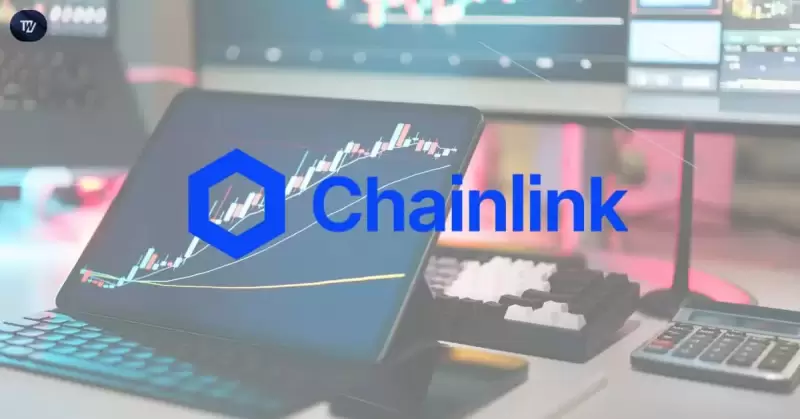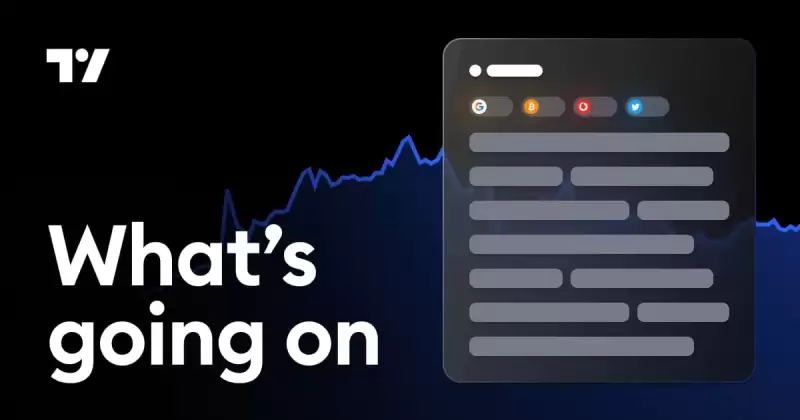 |
|
 |
|
 |
|
 |
|
 |
|
 |
|
 |
|
 |
|
 |
|
 |
|
 |
|
 |
|
 |
|
 |
|
 |
|
Cryptocurrency News Articles
Pi Network (PCT) Urged to Prioritize Transparency Following OM Token Crash
Apr 15, 2025 at 06:29 pm
These remarks follow Pi Network's recent transition to the full Open Mainnet phase.

Mantra’s OM (OM) token crashed more than 90% in less than an hour, wiping out over $5.5 billion in market capitalization.
The administrative token used in the Mantra DAO ecosystem saw its price plummet from a high of around $12.42 to just $0.96. In total, the sell-off saw the vast majority of the token’s market cap evaporate.
The rapid price drop and subsequent recovery came after the project announced the full rollout of its Open Network (ON) to Open Mainnet.
The move saw the project’s ecosystem transition to a more decentralized model, with the administrative token being fully unlocked.
The project’s natively integrated stablecoin, mOM, also saw a steep drop, plummeting from a high of $1.05 to $0.76.
The incident has sparked widespread concern across the crypto industry, especially for projects undergoing key phases of development and token unlocking.
One such project is Pi Network, which recently transitioned to the Open Mainnet phase.
After a crypto analyst and advocate for decentralized ethics, known on X as Dr Altcoin, linked the OM incident to Pi Network and called for stricter regulation.
“The OM incident is a wake-up call for the entire crypto industry, showing why stricter regulations are crucial and needed now. It’s also a huge lesson for the Pi Core Team as we transition from the Open Network to the Open Mainnet,” he wrote.
Some users defended Pi Network’s fundamentals, highlighting its utility-focused roadmap and avoidance of speculative hype. However, Dr Altcoin doubled down on concerns over a lack of transparency.
“One thing is clear about the PCT, they are not transparent. They keep making mistakes and misjudgments. But the worst part is they never learn from their mistakes,” he added.
Despite this, the broader Pi community remains optimistic. The account Pi Open Mainnet, presented as a pioneer, posted a rebuttal citing reasons Pi may avoid OM’s fate.
It highlighted Pi’s slow token release strategy and absence of large early-sell events as elements central to that confidence.
“Massive community (35M+ pioneers), steady unlocks, growing utility (.pi domains, dapps), and a clean track record. Not a new token dump with a small community like OM,” they wrote.
Indeed, Pi’s ecosystem is expanding. The integration with Chainlink (LINK), new fiat on-ramps, and Pi Ads are creating what the team calls a “virtuous cycle” of adoption and utility, according to Pi Open Mainnet 2025, a senior pioneer’s account.
“These advancements form a virtuous cycle for Pi Network. Easier fiat ramps bring in more users (Pi’s community is already ~60M strong), Pi Ads drive more apps & utility, and Chainlink integration adds trust and interoperability. More users →more utility,” it stated.
With a community reportedly approaching 60 million, many believe the project has a strong user-driven foundation, unlike OM’s more centralized dynamics.
However, not everyone is convinced this will be enough. Mahidhar Crypto, a Pi Coin validator, urged users to withdraw Pi coins from centralized exchanges (CEXs) to prevent price manipulation.
“We have seen what happened to OM—how market makers dumped on users…When you deposit your Pi Coins on CEX the Market makers will use bots to create artificial buy/sell walls to manipulate prices or Liquidity,” they stated.
This aligns with recent concerns about collusion between market makers and CEXs. Mahidhar also called for the Pi Core Team to scrutinize KYB-verified businesses and avoid listing Pi derivatives on CEXs, citing the risks of leveraged trading on still-maturing assets.
Further fanning skepticism is on-chain behavior tied to OM. Trading Digits, a technical analysis firm, pointed out that the “Pi Cycle Top” indicator, a pattern often signaling market tops, had triggered twice for OM since 2024, the most recent being just two months before its collapse.
“Coincidence or bound to happen?” the firm posed.
Will Pi follow a disciplined, utility-first path, or could it fall into the same traps that triggered OM’s downfall? Only time will tell.
Disclaimer:info@kdj.com
The information provided is not trading advice. kdj.com does not assume any responsibility for any investments made based on the information provided in this article. Cryptocurrencies are highly volatile and it is highly recommended that you invest with caution after thorough research!
If you believe that the content used on this website infringes your copyright, please contact us immediately (info@kdj.com) and we will delete it promptly.





















































![Hyperliquid [HYPE] TVL Shrunk From $636M to $230M Hyperliquid [HYPE] TVL Shrunk From $636M to $230M](/uploads/2025/04/18/cryptocurrencies-news/articles/hyperliquid-hype-tvl-shrunk-m-m/middle_800_480.webp)






